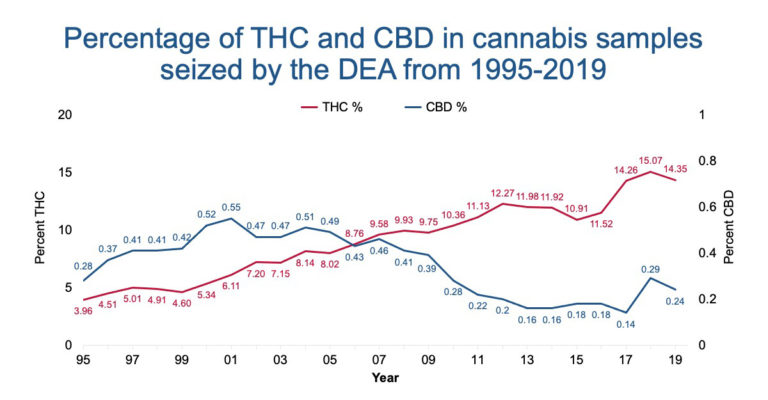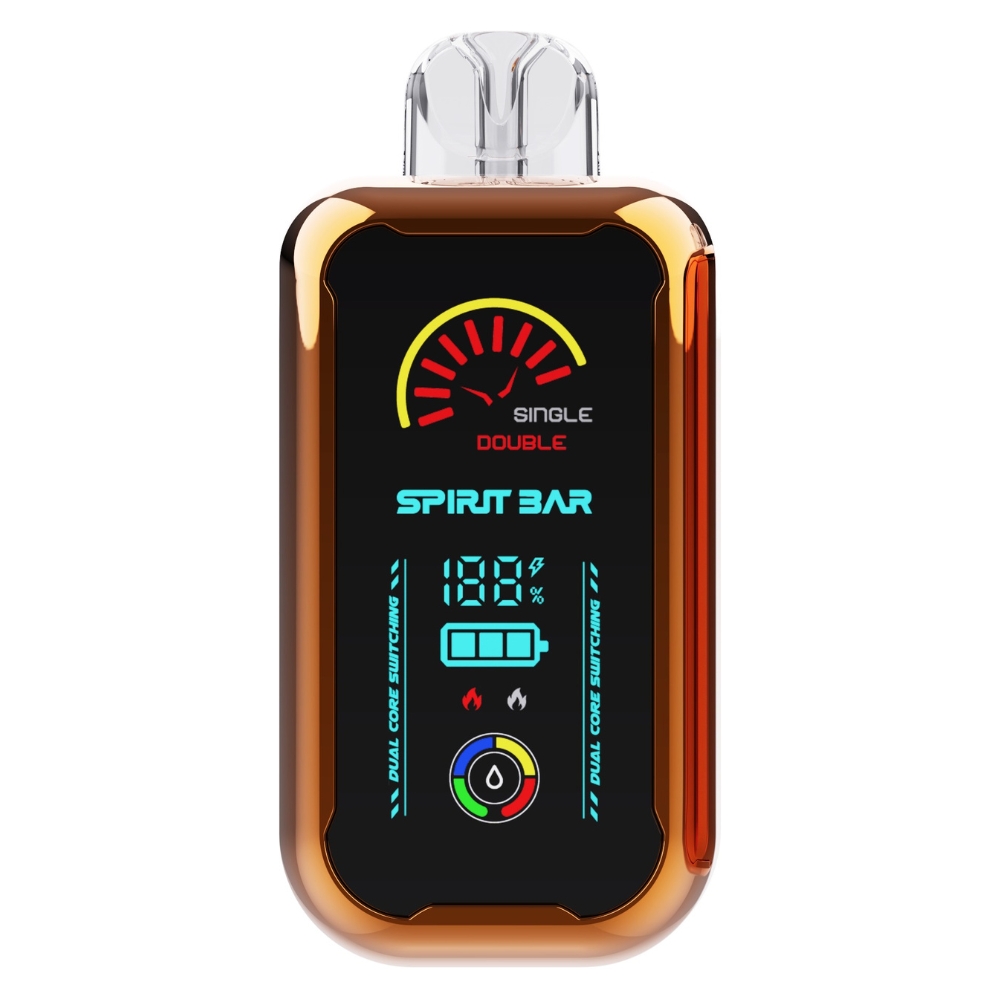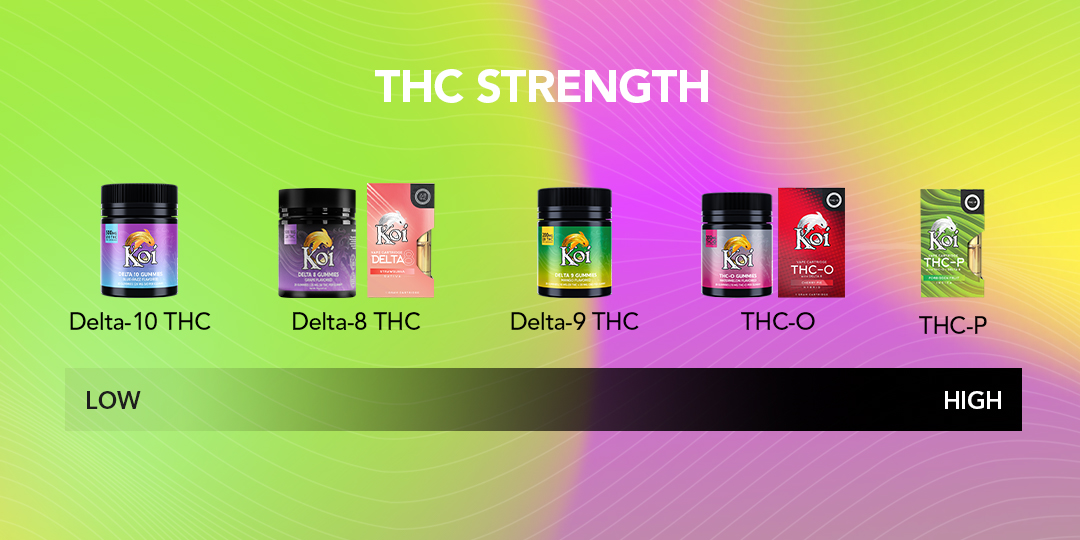What Does Thc Percentage Tell You

The proliferation of cannabis products across legal markets has brought increased consumer awareness, but also a degree of confusion, particularly regarding the significance of THC percentage. While often highlighted as a primary indicator of potency and quality, understanding exactly what this number represents, and what it doesn't, is crucial for informed purchasing and consumption.
This article aims to delve into the true meaning of THC percentage, its limitations, and the other factors consumers should consider when selecting cannabis products.
Understanding THC Percentage
THC, or tetrahydrocannabinol, is the primary psychoactive compound in cannabis responsible for the "high" associated with its consumption.
The THC percentage listed on product labels represents the amount of THC by weight in a given product. For example, a cannabis flower labeled with 20% THC contains 200mg of THC per gram.
How THC Percentage is Determined
THC percentage is typically determined through laboratory testing using techniques like chromatography.
Licensed cannabis testing labs analyze samples of cannabis products to quantify the various cannabinoids present, including THC. The results are then presented as a percentage of the total weight.
Limitations of THC Percentage as a Sole Indicator
Relying solely on THC percentage to gauge the effects of cannabis can be misleading.
The "entourage effect" plays a crucial role. This refers to the synergistic interaction of various cannabinoids (like CBD, CBG) and terpenes, which modify and enhance the effects of THC.
A product with a lower THC percentage but a rich terpene profile might produce a more pronounced or desirable effect compared to a product with a higher THC percentage but fewer terpenes.
Individual tolerance also dramatically affects a product's impact. Experienced cannabis users may require higher doses or THC percentages to achieve the same effect as novice users.
The method of consumption matters greatly. Inhalation (smoking or vaping) delivers THC more quickly and intensely than edibles, which are processed through the liver and can produce a different, often more potent, effect.
Beyond THC: Other Factors to Consider
Savvy consumers consider a broader range of factors beyond just the THC percentage. The cannabinoid profile is crucial, showing the levels of other cannabinoids present. Understanding the amount of CBD, for example, can help predict the overall effects, as CBD is known to modulate the effects of THC.
Terpenes are aromatic compounds that contribute to the flavor and aroma of cannabis and influence its effects. Common terpenes like limonene (citrusy), myrcene (earthy), and pinene (piney) are associated with different effects, such as mood elevation, relaxation, or alertness.
The specific strain of cannabis can provide some indication of the likely effects. However, strain names can be inconsistent, and the chemical profile (cannabinoids and terpenes) is more reliable.
Reputable brands typically provide detailed information about their products, including lab test results and descriptions of the expected effects.
Reading reviews from other consumers can provide valuable insights into the product's quality and effects. However, it's important to remember that individual experiences can vary.
The Impact on Consumers and the Industry
The emphasis on THC percentage has, in some cases, led to an arms race, with producers focusing on maximizing THC levels, sometimes at the expense of other desirable qualities, according to industry analysts.
Consumers need better education about the complexity of cannabis and the importance of factors beyond THC percentage. This includes improved labeling, more comprehensive product descriptions, and access to reliable information resources.
The cannabis industry itself has a responsibility to promote responsible consumption and provide consumers with the tools they need to make informed choices. This includes investing in research, developing standardized testing protocols, and promoting transparency.
For many, the focus on THC percentage is a symptom of a young industry still finding its footing. "It's like judging wine solely on its alcohol content," explains Dr. Emily Carter, a cannabis researcher at the University of California, Berkeley. "There's so much more to the experience than just potency."
Conclusion
While THC percentage provides information about the potential potency of a cannabis product, it is just one piece of the puzzle. Considering the cannabinoid profile, terpene content, individual tolerance, and method of consumption are essential for a safe and enjoyable experience. By moving beyond a sole focus on THC, consumers can make more informed choices and better appreciate the complexity and potential of cannabis.



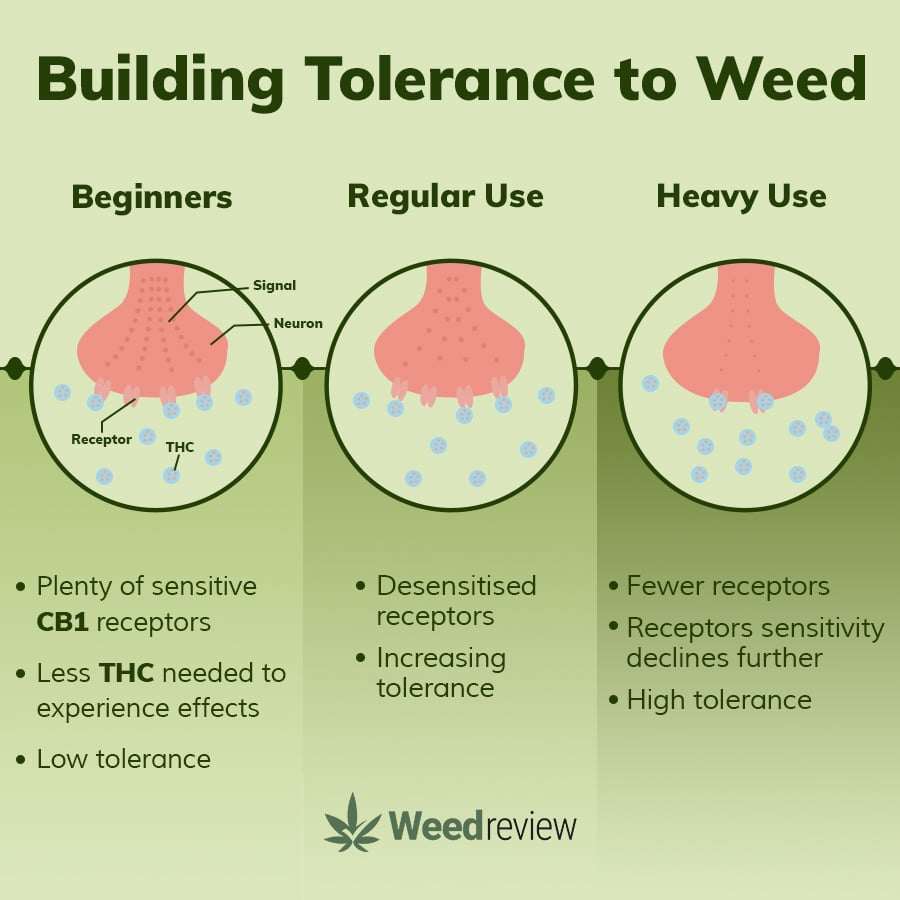



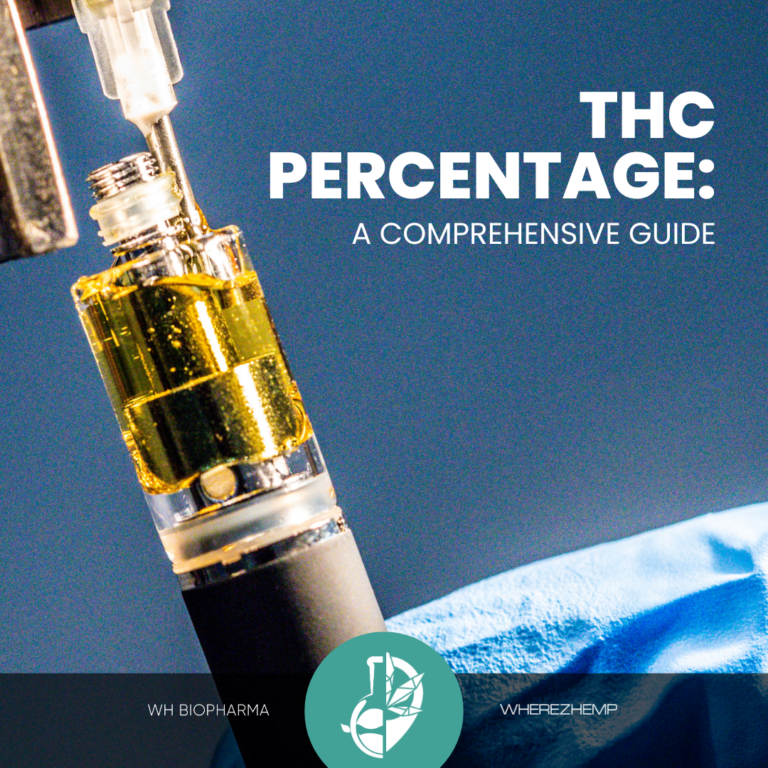
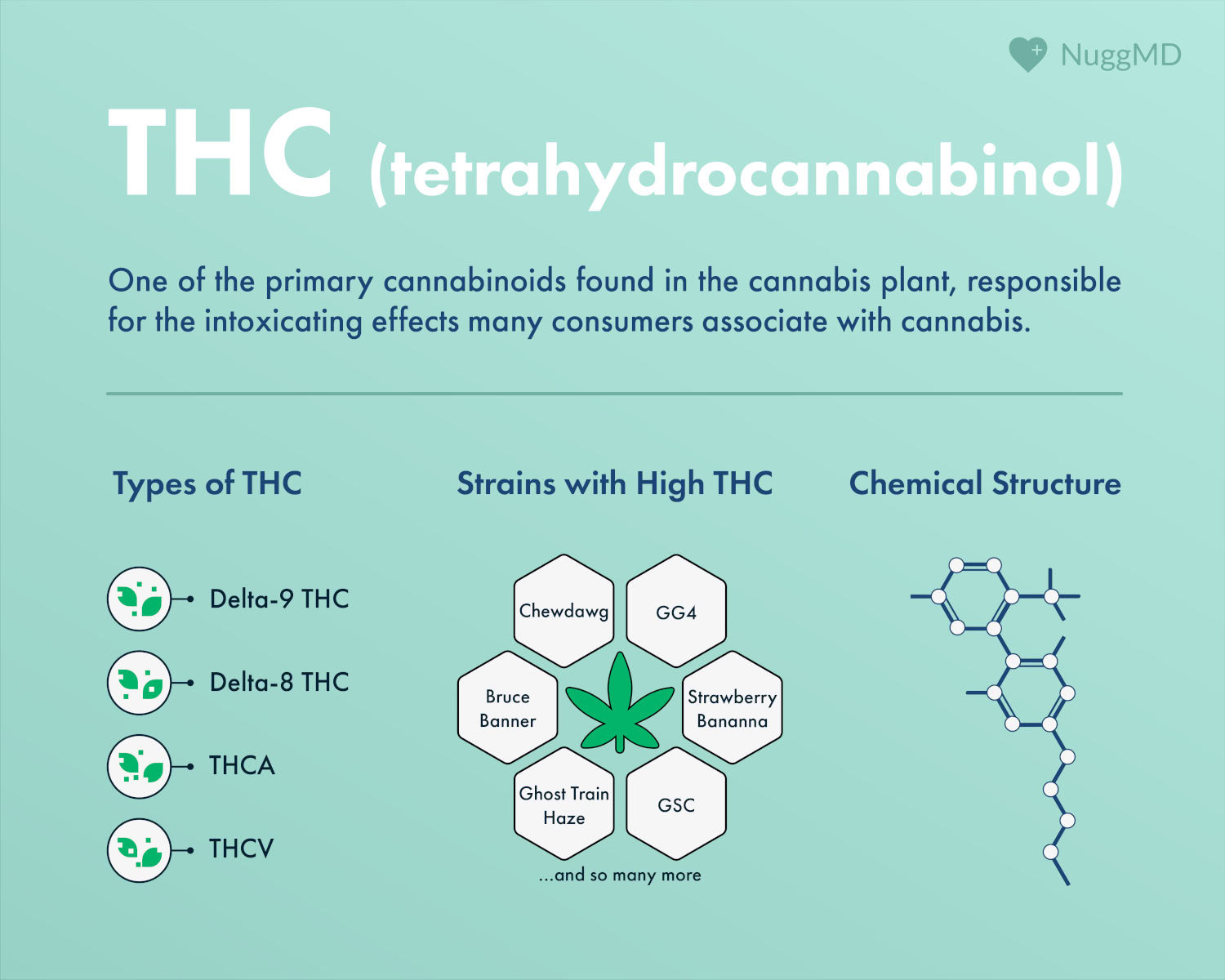
![What Does Thc Percentage Tell You Delta 8 Dosage Chart & Calculator [For Sleep, Pain & More] | NWCBD](https://www.naturalwayscbd.com/wp-content/uploads/2023/10/delta-8-thc-dosage-chart-651af7ad730e4-scaled-2.webp)
